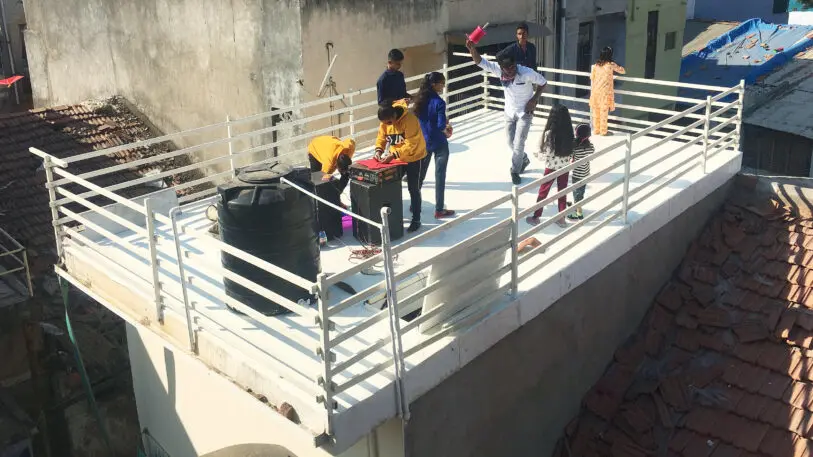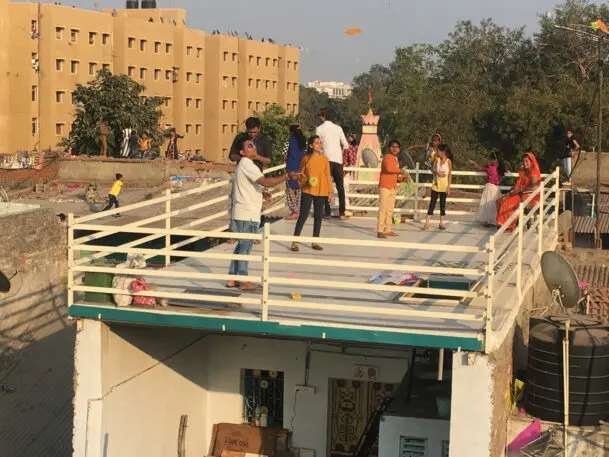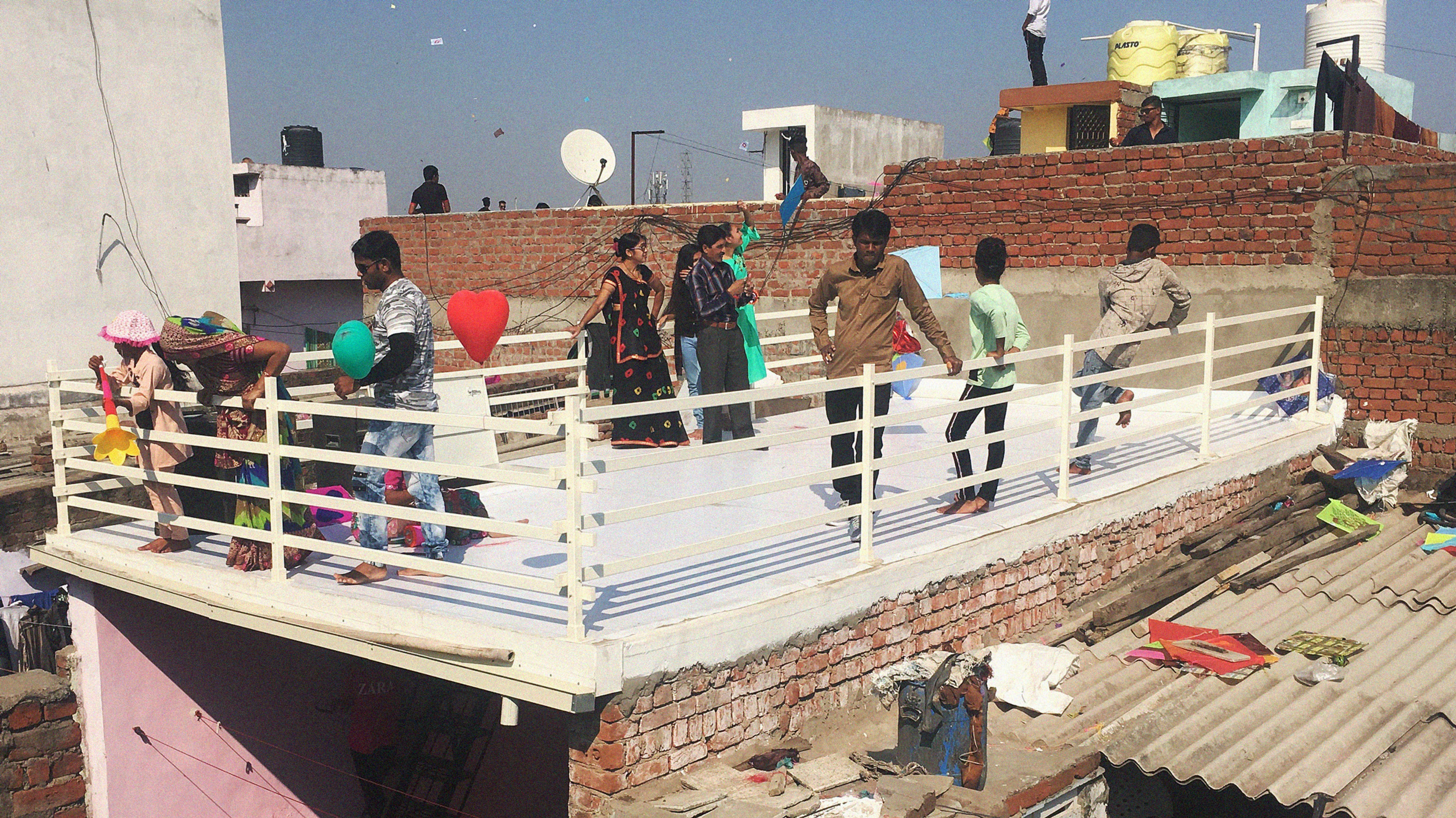In Ahmedabad, India, where the temperature soared to 108 degrees on Monday—and where high temperatures will stay well over 100 for at least the next 10 days—it’s even hotter inside small shacks in slums, where thin metal roofs trap heat. A local startup designed an alternative: modular roofing panels made from paper and wood waste that can help keep homes cooler.
“When I started the company, I traveled across four states of India, rural areas, urban slums, and spoke to 600 families,” says Hasit Ganatra, the founder and CEO of ReMaterials, the startup that makes the Modroof. “And I kept seeing these roofs which needed change.” Most were made from either thin corrugated metal sheets or thin cement. “We would go to villages and slums and see people spending time outside of their house on summer afternoons, and they’d say, ‘This house is like an oven. We can’t stay inside.'” Heat strokes are common; more than 6,000 people have died in India from heat waves over the last decade.



The roofs are more expensive than cheap metal sheeting, but cost less than concrete slabs because they’re easier to install. The startup partnered with microfinance companies to offer loans. (Some families are separately painting their metal roofs white, a cheaper option that can also help lower the temperature.) Over the last few years, the company has installed 500 roofs. While the pandemic has slowed its growth, Gantra hopes his company can expand to countries in Africa and South America. “It’s very easy to ship, it’s very easy to install, it’s very easy to repair or maintain,” he says. “And we can do everything over a WhatsApp video call—we can get these installed anywhere in the world. We have not gone outside India, but it’s only a matter of time before we do.”
Recognize your brand’s excellence by applying to this year’s Brands That Matter Awards before the early-rate deadline, May 3.
